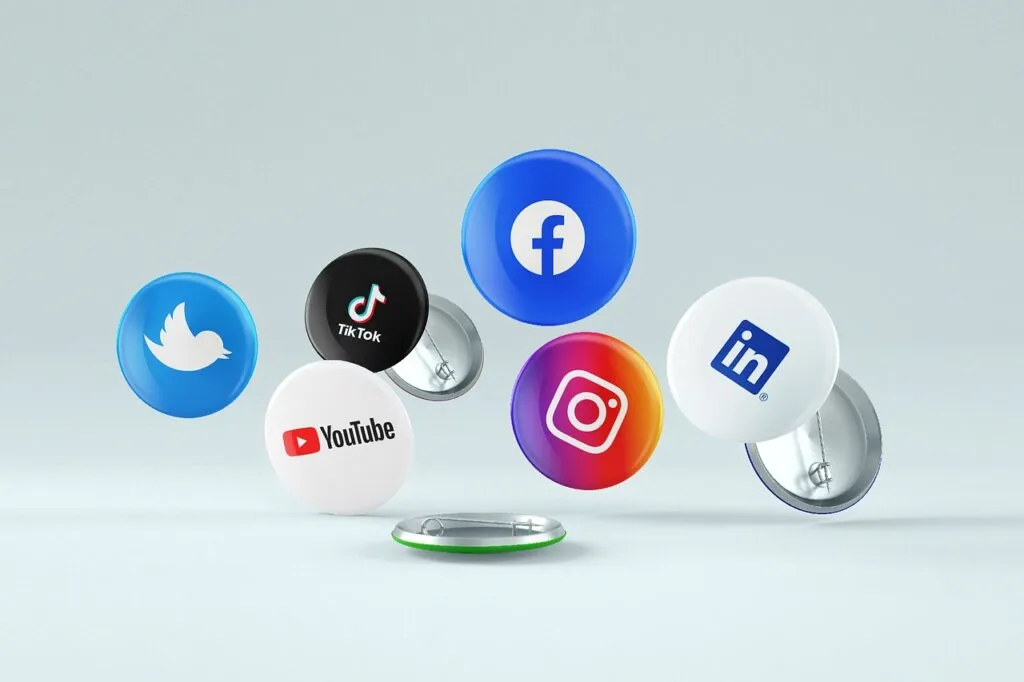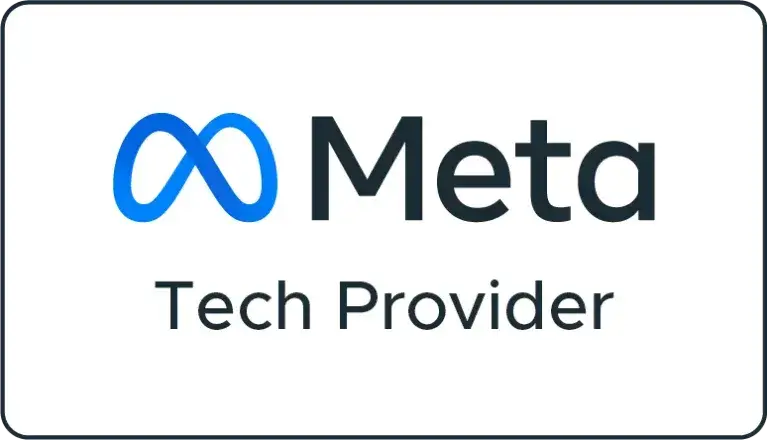
Introduction to Effective Digital Branding Techniques
The brand is the core of what makes you tick in today’s digital landscape and maximizes your success. Whether you’ve just launched your startup or need to take your existing company to the next level, digital branding knowledge is essential for your development. In this guide, we’ll give you some proven tips that are designed to raise your company’s visibility, credibility, and audience interaction. By the end of this blog, boosting your branding in the digital world will be more than ever.
Understanding Your Brand Identity
The brand identity is who you are. It’s everything that brings out your voice and sets you apart from the inflexible competition. But what does your brand identity consist of? Let’s break it down:
Your logo
A logo is a symbol that represents your brand. It should be straightforward yet still unforgettable, in line with the theme of your brand. Examples of iconic symbols are a whole apple with a bite taken out of it for Apple and a swoosh for Nike.
The colors you use
Your consistent use of colors makes them a quick indicator of your brand to your target audience. Choose a color scheme that fits with your brand’s personality. Blue implies trust, while red inspires love/anger.
Your typography
Yes, the fonts you pick. From modern and streamlined to stance to classic curves, the script can hint at what people hear when reading about your brand or what they could buy from you.
Your voice & tone
How does the brand talk? Or what is their tone of speech? You may be speaking in the person of your expertise, but speaking in a high-pitched voice confuses everyone. Keep it subtle and understandable.
Your mission and principles
Values are critical. This is the purpose of your brand. What does it solve, and why does it need to be sold? This design is simple to connect with people who share your point of view.
Create a Story for Your Brand
No one can imagine a brand without a story to tell. People discovered thousands of years ago that it was possible to sell even the most useless item if one knew how to tell about it. It’s a little exaggeration, but it makes sense to realize why brand storytelling works. Your story behind a brand is not just a sequence of events: it is an emotional bonding with the client. Creating a story built around The story of your brand includes several components. Here is a guideline to follow:
- The beginning and the reason: tell why you started your business. Everyone has reasons and incentives: be sincere.
- Heroes and Villains: your story needs characters. In this case, the hero is a client who came to you. The villain contrasts with the hero, and this is the problem that you help to cope with.
- Conflict and its solution: how difficult was the path to establishing your brand? What difficulties have you overcome? Describe the most significant moments.
- Values and convictions: tell us what you are fighting for, why you are going to work, and what makes your daily work unique.
- Emotion: do not forget that you are already thinking of the final, and nobody will continue boring reading. Use vivid language, and explain what people feel when using your product.
- Consistency: Finally, remember that the story should be consistent with logos, slogans, and the service.
Promoting Through Social Media
Social media is a great place to communicate and sell. Let’s figure out how to use them in this video:
- Hashtags: Use relevant hashtags to increase discoverability. You can also research popular hashtags in your industry.
- Stories and Reels: Post-behind-the-scenes, quick tips videos in Instagram Stories and Reels respectively.
- Professional network: LinkedIn is a cent percent professional network platform and suitable for B2B branding. Ensure that your personal profile is well-optimized. Moreover, don’t forget to create a company page.
- Thought leadership: Knowledge is the key. Keep sharing the industry insights, case studies, and success stories. Moreover, connect with other professionals in the field.
- Publish articles: Write and publish articles from your personal and company LinkedIn pages.
- Concise messaging: Twitter has a character limit; thus, one should always make tweets very concise and with impactful messages.
- Engage: Retweet other relevant posts, reply and tag people, and comment on trending conversations.
- Twitter chats: Join other popular Twitter chats.

Content Marketing Strategies
Effective content marketing means creation of value, relevant, and consistent content to attract and retain a well-defined audience. Consider the following in your digital branding strategy:
- Blogging: The first strategy is blogging – it is one of the best tools to make a content marketing strategy success. The following steps will help you create the above-mentioned blog content:
- Keyword research: research your industry, find high-ranked keywords, and adjust them.
- Videos
- Educational Videos: Create tutorials, how-to guides, or explainer videos on digital branding. Showcase your knowledge of the subject and establish authority.
- Behind-the-Scenes: Offer a peek into your brand’s environment, including its culture, team, and operations. It humanizes your brand and makes you relatable.
- Visuals
- Infographics: This visual representation transforms concepts or facts into an easily digestible format. Share relevant statistics, tips, or facts in a fun, visual way.
- Slide Decks: Condense your blog content into succinct slide presentations. Share them on platforms like SlideShare for a more extensive reach.
- User-Generated Content
- Contests & Challenges: Run digital branding-oriented contests and challenges which invite your audience to participate.
- Testimonials and Case Studies: Featuring your client’s success stories and how they benefited from your services, celebrate them and promote your business.
- Influencer Marketing
- In the digital age, influencers command millions of followership and have the power to introduce your brand to a broader audience. Collaborate with an influencer who resonates with your audience and values, and follow these steps:
- Identify Relevant Influencers
- Niche Alignment: Choose an influencer in your industry or any related niche.
- Engagement Metrics: Select based on their engagements – likes, comments, shares than their followers.
- Authentic Partnerships
- Genuine Fit: Choose someone who genuinely believes in your brand.
- Long-term Partnerships: Partner with an influencer for an extended period; that way, your audience will know and trust them.
- Product reviews: have influencers review your products or services. Potential customers are influenced by the honest feedback of the latter.
- Sponsored posts: You will pay influencers to include your brand in their posts to make it look like it belongs. It should not stand out among the remaining publications.
- Takeovers: let influencers manage your social media accounts for a day and present your brand in a new light.
- How to measure the result of influencer collaboration:
- Metrics: check the number of user engagements, website traffic, and conversions after the influencer runs a campaign.
- ROI: Calculate the revenue from investment and evaluate whether the campaign was successful.
- Identify Relevant Influencers
- In the digital age, influencers command millions of followership and have the power to introduce your brand to a broader audience. Collaborate with an influencer who resonates with your audience and values, and follow these steps:
- Email Marketing
- Email is still a very effective channel for reaching and engaging your target audience and leads. The following are best practices for successful email marketing activities:
- Personalized Email Campaigns
- Segmentation: Divide your contact list into smaller groups based on the type of behavior, preferences, and demographics. Message each group specifically to their needs.
- Dynamic Content: Using dynamic content blocks within your emails. Send personalized emails based on what your users previously purchased or showed interest in banner or email.
- CTA Optimization
- Clear and Compelling CTAs: Every email you send must include your specific goal, such as filling out a form, downloading, or a sale. Clear and easy-to-follow CTA helps lead your subscribers to complete that action.
- A/B testing: A/B tests different CTA, button colors, and placement in your email and then analyzes the data.
- Drip Campaigning
- Welcome Series: After someone subscribes, it is an efficient manner to send a series of welcome emails, providing an introduction to your brand and sending them a preliminary praise of your content.
- Abandoned Cart Emails: When someone leaves a basket filled up but abandons it before they complete the purchase, send them an email showcasing which products were in it and pushing them to buy before the products run out. Offers are another great way to do this.
- Metrics and Analysis
- Open Rates and CTR: Monitor your Open Rates and CTR as well. Understanding what lines and emails perform best will help you alter your strategies and improve your open rates.
- Conversion Tracking: Continue tracking the number of conversions. Use this data to eradicate emails that don’t perform well and write more depth and detail into the ones that result in conversion.
- Personalized Email Campaigns
- Email is still a very effective channel for reaching and engaging your target audience and leads. The following are best practices for successful email marketing activities:
Measuring Success

- KPIs: Figure out key performance indicators that are aligned with your business goals. Some relevant KPIs for digital branding could be:
- Brand awareness
- Website traffic – keep track of the number of visitors that come to your website. Use tools such as Google Analytics to inform this metric.
- Social media reach – check the growth of your brand’s followership, impressions, and share of voice.
- Engagement metrics
- Social media engagement – keep an eye on the likes, comments, shares, and mentions of your brand.
- Email open and click-through rates – evaluate how well your email marketing strategies are working.
- Brand awareness
- Brand sentiment analysis:
- Social listening – make use of various social listening tools to track your brand handles and any social mentions. Get to know more about how people perceive your brand online.
- Conversion tracking:
- Attribution models allocate conversions to tally them up along email, social media, or website. Get to see which platforms are better at driving actions from your audience.
- ROI:
- Financial metrics measure the ROI of your digital branding efforts. Firstly tabulate the costs in time, resources, or ad spend against the accruing benefits such as more sales and brand equity.
- Surveys and feedback:
- Customer surveys involve directly interacting with your audience by asking about your brand perception, satisfaction, and the chances of recommending your brand.
- Adjust and iterate:
- Continuous improvement Constantly check your metrics and adjust or adapt your positioning. Keep abreast of trends and rapidly adjust, noting measuring success is an ongoing process. Endeavor to keep abreast of data and refine your branding approach while you mark such milestones during your journey to digital branding.













